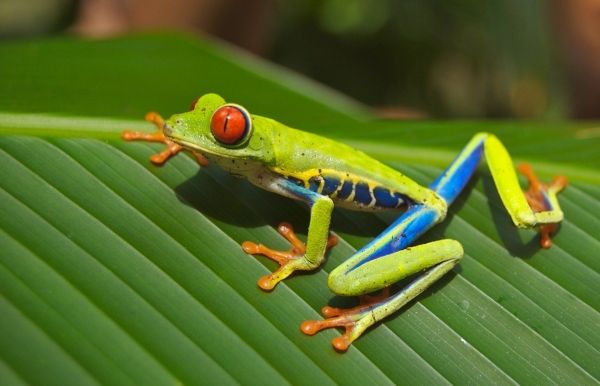Biologists have long believed that animals of larger body size are more vulnerable to extinction – an idea supported by the widespread endangerment faced by iconic large animals such as rhinos or whales.
This study, led by Queen’s University Belfast, is the first to suggest resetting the theory to focus on reproduction levels of animals rather than body size when calculating extinction risk.
The research has been published today in the journal Global Ecology and Biogeography and was conducted in collaboration with Nottingham Trent University, Tel Aviv University, the University of Exeter and the University of Lincoln.
Amphibians, such as frogs, toads, salamanders and newts, in particular, have become the iconic example of human-induced extinctions, given that their declines exceed those of any other group of animals on Earth. Over 40 per cent of amphibians currently face extinction risk.
Read More: University of Exeter
Photo Credit: 12019 via Pixabay


